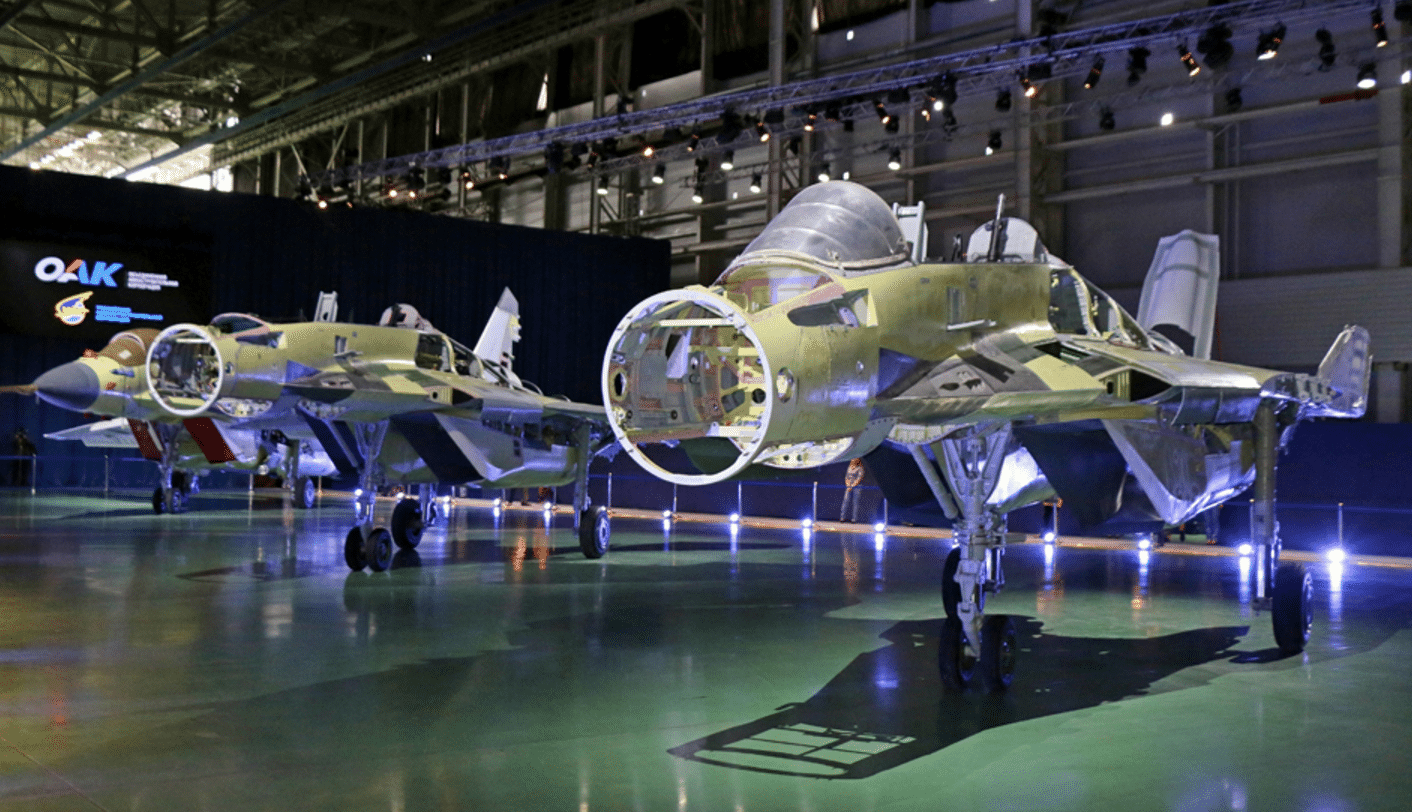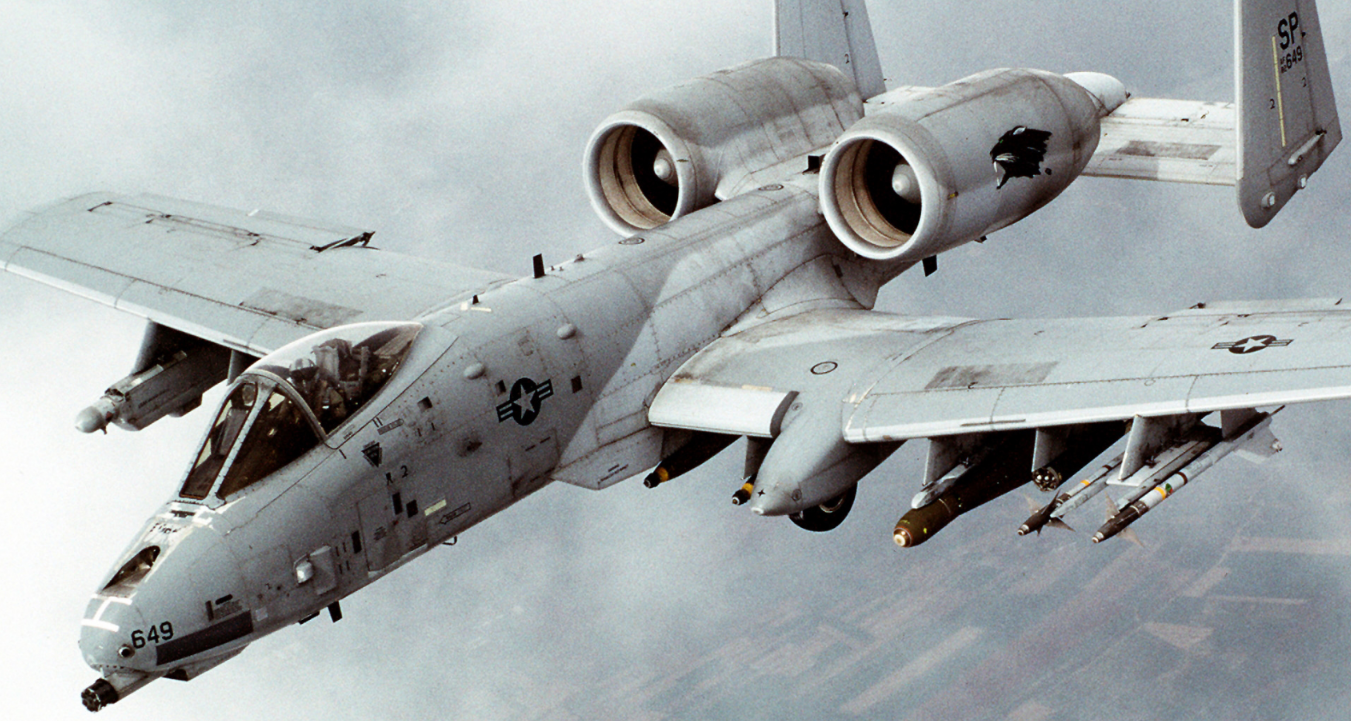2670Views 8Comments

Chengdu test flies Wing-Loong II unmanned aerial vehicle
Chengdu Aircraft Industry Group (CAIG) successfully test flew a Wing Loong II unmanned aerial vehicle (UAV) on Monday, 27 February 2017.
The Wing Loong II is an improved variant of the Wing-Loong (also designated Pterodactyl-I) medium-altitude long-endurance (MALE) UAV, which first flew in 2007. CAIG has marketed the Wing-Loong as an armed and intelligence, surveillance and reconnaissance (ISR) platform.
CAIG formally unveiled the Wing-Loong II during Air Show China in November 2016. As per IHS Jane’s, the Wing Loong II has a payload of 400 kg, which can be used for armaments and/or ISR equipment. The Wing-Loong II can reach a top speed of 370 km/h and service ceiling of 9,000 m. It has an endurance of 32 hours.
While observers have noted that the Wing-Loong II bore a strong resemblance to the MQ-9 Reaper, the Wing Loong II is a smaller and lighter platform than the Reaper.
Li Yidong, the chief designer of the Wing-Loong platform, celebrated the event by stating that the Wing Loong II’s test flight “marks China’s new generation reconnaissance and strike [drones].” Yidong added that China is among a handful of countries to field large strike-capable UAVs.
The Wing Loong is one of several Chinese UAV platforms available on the market. Its main competitor is the China Aerospace Science and Technology Corporation (CASC) Rainbow-series, namely the CH-4B.
Notes & Comments:
In tandem with the Wing-Loong II’s test flight, China also announced that it secured its largest UAV sale to an undisclosed foreign customer. In September 2016, Arab News reported (from Al-Watan) that Saudi Arabia ordered an undisclosed number of Wing-Loong UAVs. In June 2016, a Wing Loong UAV crashed in Pakistan, with Pakistani authorities stating that the UAV was undergoing an “experimental flight.” Egypt and Kazakhstan have also been linked as Wing Loong users.
CAIG’s Wing Loong II will likely compete against the CASC CH-4B, which has a similar performance profile as the Wing Loong II with a payload of 345 kg and endurance of up to 40 hours. Iraq is a CH-4B operator.
The purported Saudi Wing Loong sale notwithstanding, Pakistan could be slotted as a strong candidate for new UAVs. It currently operates an array of tactical designs, such as the CH-3A-based Burraq, which is lighter in payload and range than CASC and CAIG’s newer designs. In fact, Pakistan was evaluating a Wing Loong in 2016, indicating that the Pakistani armed forces are seeking true MALE UAV platforms. Pakistan’s private sector conglomerate Global Industry & Defence Solutions (GIDS) is eager to develop a MALE UAV, provided it receives input and support from the Pakistani armed forces.



8 Comments
by Shaheer Anjum
Are the smallish payloads inherent to the design or are they engineered into an otherwise more capable platform to make them MTCR compliant? Also are they line of sight controlled or have the ability for BeiDou linked control?
by Bilal Khan
Payload isn’t an issue. The CH-5 can ferry 1,200 kg in munitions and/or ISR equipment. The LoS range though is MTCR-compliant (capped to 280 km), and I don’t think BeiDou connectivity is offered, at least in the open.
by Superior Shakeel
So what do they use if not beidou??
I don’t think US would be supplying military grade signals for a Chinese UAV.
by Bilal Khan
Export customers use a radio line-of-sight link with a range of up to 280 km.
by Muhammad Fahd Saleem
Dear Bilal khan. What are the MTCR compliance guidelines in the domain of UAV systems!
Do u have any info or article reference?
by Bilal Khan
Max 300 km range for anything with 500 kg + in payload.
http://mtcr.info/mtcr-guidelines/
by Syed
Might be a better Idea to develop our own……then there is no constraints on range
by Khalid Riaz
Why is it that the weapon systems that Pakistan develops with chinese help have capabilities similar to those available directly from China. The MALE drones are a case in point that GIDS is also interested in developing. Some comentators in discussion forums have said Pakistan could have purchased chinese fighter aircraft instead of trying to develop its own. I would not include missile development in this category because of MTCR issues.
I am well aware of our history of being one of the most sanctions prone country and the associated self sufficiency argument. But we cannot be self-sufficient in everything.
Moreover, sanctions are our historical experience during a time when we had no non-western source of advanced technology. With the ascent of China, economically and technologically, some of those assumptions are no longer true. At a deeper level, our closer alignment with China in the context of CPEC underscores a reciprocity in our relationship with that major economic and technological power. This should provide some degrees of freedom to our strategic planners to chalk out a course of action that is less conditioned by the fear of sanctions, and is more strategic in nature .
It seems to me that our planners top priority is platforms: fighter aircraft like and tanks. We run into almost insurmountable obstacles when come to their engines. This is true both in case of JF-17 and Al-Khalid tanks. For sub-systems, where our preferences are for higher quality, we turn to countries such as Turkey, South Africa, Italy and so on, that technologically more advanced but not major are not major military powers.
If we look at this latter group of military suppliers, we note that they do not produce major platforms but produce specialised subsystems such as BVR missiles, targeting equipment, radars, etc and/or have the engineering capability to retrofit and integrate advanced subsystems on existing plateforms (eg MLU or SLEP for F-16s etc).
Other countries get the major weapon systems from their majorpower allies but try to develop their own niche, according to their technological level. The really advanced ones like Israel can develop systems like Phalcon with AESA radar. Others like Brazil develop systems that have commercial uses e.g the Embrare family of aircraft.
Pakistan is not technologically as advanced as coubtries mentioned in examples cited above. But this is only a matter of time, as Pakistan is an emerging economy. There is no reason why Pakistan cannot benefit from their experience. In my opinion, Pakistan should specialize in weapons production keeping in mind its comparative advantage. I feel the geostrategic environment has changed and weapons would be available without fear of sanctions.